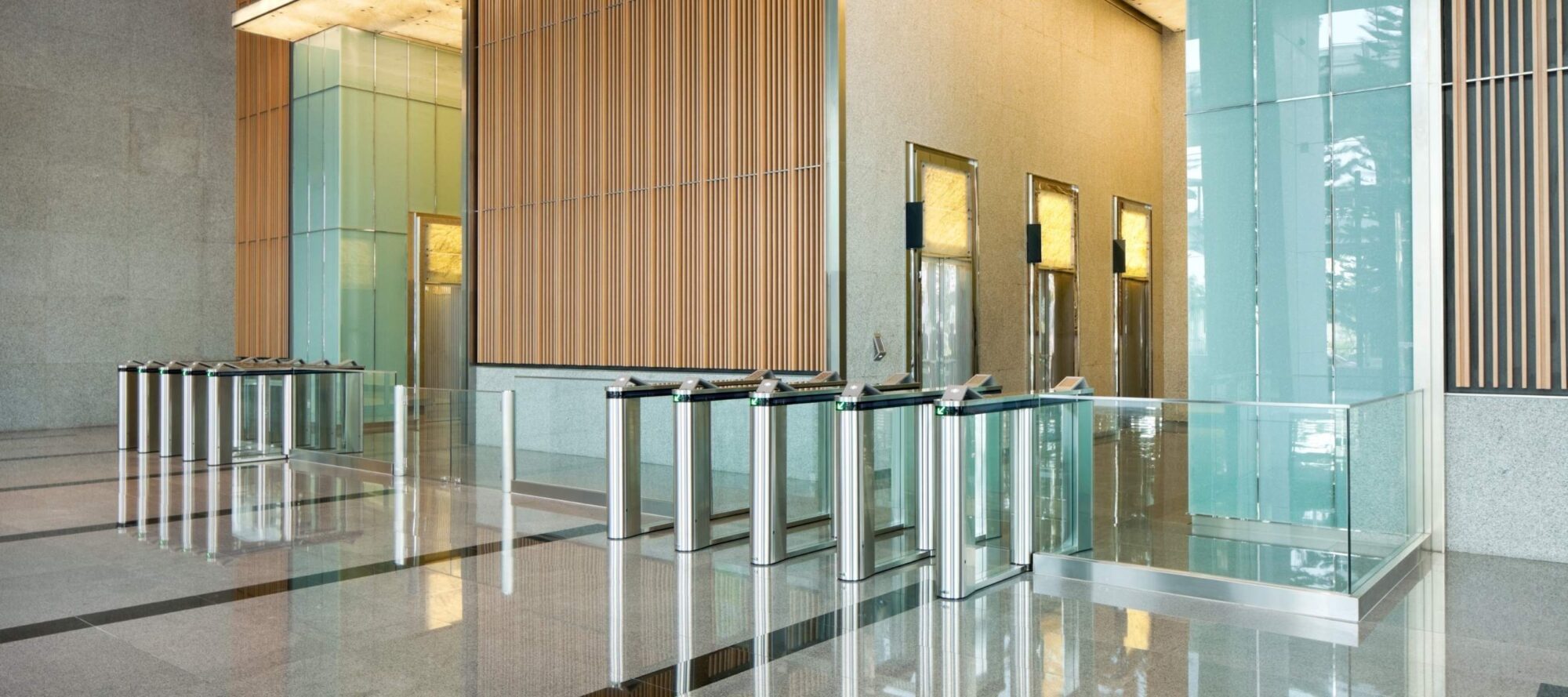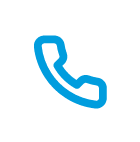© 2025 Genea Energy Partners, Inc. All Rights Reserved.
When compared to on-premise access control, cloud-based systems will save you thousands of dollars each year. Not only can...
Talk to an expert
Give us a call



